DRIFTING

By Marcus Saunders
That gentle morning light seems to push back all those fears that hound our minds at 3am. Glancing sideways out of the ute window, I see vague outlines race by as the human world slowly comes into focus; the radio is silent, and only the occasional rattle of the trailer reminds me that the boat is in tow. Early mornings belong to no one. Fishermen seem to love them more than most, the enveloping quiet, indifference from most wildlife and only the occasional raspy bird call. The put-in at Cressy is quiet, not another soul as you watch the sun creeping closer until finally that ribbon of fire burns across the landscape. The boat slides gently from the cradle, the teflon doing its job as quickly the boat is tugging on the rope. Sometimes it feels a little strange, like a dog pulling on the leash, then final checks and a gentle push, and your other life is left behind. The first dip of the oar as you correct then find your line, followed by the inevitable arse shifting as the rope seat softens and you push to find your sacred position. You swing the bow into the current, one more quick check, and finally it feels right.
Despite the graft, it just feels right. Everything seems to be as it should be, and a little on-the-spot research confirms that these boats were designed for hard labour. I’ve never considered myself an oarsman, but when I sit in a boat that has been shaped by my own hands a different kind of connection seems to exist. It may sound a little fauxmantic, yet it is possibly like any other love in that it helps make us whole. The slow start is comforting, low volume on the chatter as eyes search, those extra few minutes in the seat settle you quickly as mental adjustments are made and reading the water takes on its true meaning, searching casts arc out toward the bank as perception and reality clash. Thankfully, rhythm takes hold as cast after cast seems to be hitting the zone, the first slashy take drags us back as the mad scramble ensues, all that initial organisation goes to shit as the net gets dragged out from under what appears to be a floating fishing store and takeaway food shop. Gently you ease back on the oars as the struggle quickly fades and the net is dipped beneath a pretty little hen with spots that makes you take a second look. It feels good to be on the board early and, after easing her gently back, some quick reorganising shuffles the positions and it’s my turn to cast.
The day rolls with the pace of the river. Continual mends are thrown as you attempt to use the current to your advantage, still no hatch yet enough fish sitting just off the edge that the nymph dropper can still bring some activity. The air temperature has climbed enough that we can now strip down to waders and a tee, we need no reminders of how cold and long winter is, and any chance to lighten up is taken. Along with the warmth come the hatches. All of a sudden the back eddies are filling with lilting mayflies, they lift and fall under the now patchy sky, leaders are lightened and size 16 black spinners are tied on and ginked. We float along until
Read More »Everything You Wanted To Know About Flyfishing Leaders But Were Afraid To Ask
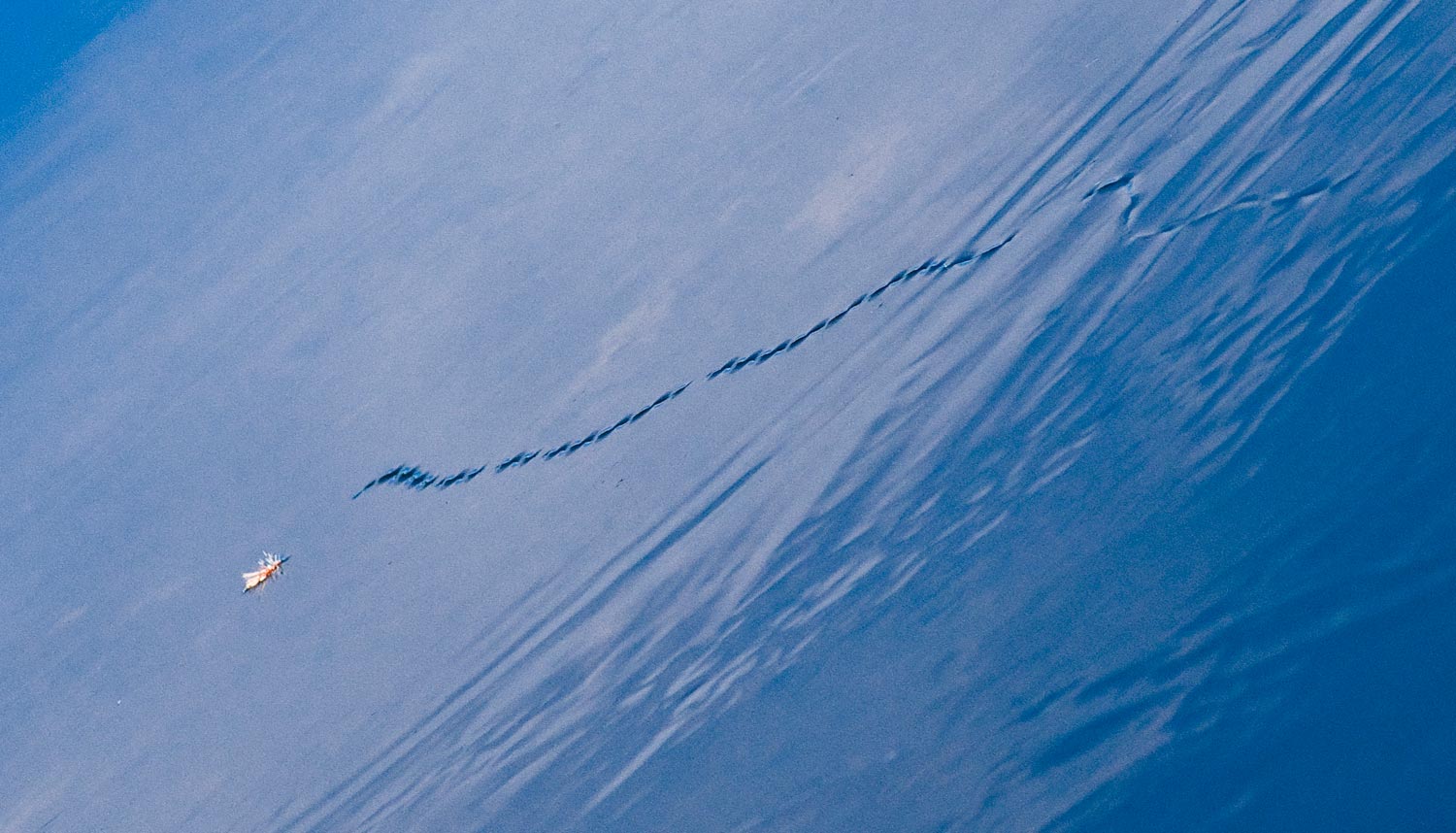
By Kevin Howell
When I began fly fishing, quality leaders were very hard to find.
The best leaders were hand tied by the Dan Baily Company in Livingston, Montana or the Orvis Company. The problem is that the tying process involved wetting the knots which, when stored over a period of time, made the knots weak and anglers would use a new leader only to have it break at the knot. Today there are countless options for anglers to choose from — not only do anglers have to choose a length and a taper design, but leaders are available utilizing Monofilament, Fluorocarbon, Braided and Furled technology.
The leader is responsible for transferring the energy from the fly line to the fly resulting in fly turnover and how it lands on the water. Leaders consist of three sections — the butt section, the midsection and tippet. The tippet is generally the last 18-24” of the leader where it connects to the fly. The midsection is the next two feet, and butt section is generally 4-5 feet and considerably stiffer. The leader should start about the same diameter as your fly line and then taper down gradually and continually until it reaches the tippet which will be a 18-24” section of the same diameter.
Of the four major types of leaders on the market, the Monofilament leader is by far the most common, with Fluorocarbon claiming second followed by braided and then furled. Today’s pre-drawn mono leaders are leaps and bounds ahead of previous mono leaders. They are strong, well designed with quality tapers, and are even starting to specialize. You will find leaders meant just for nymph fishing, leaders for dry fly fishing and everything in between.
The only downside to the mono leader is that when it gets abraded or a wind knot, it is going to break every time resulting in lost rigs or lost fish. Fluorocarbon leaders are available in the same tapers as monofilament and also very abrasion-resistant, but come at a much higher price– 2-3 times more expensive than mono. Fluorocarbon leaders are also denser than water, so they tend to sink slowly. If you are trying to fish dry flies or watch your leader for strikes, this becomes quite difficult with a leader that is slowly sinking.
Braided leaders offer excellent turnover and are almost indestructible; you simply replace the tippet when needed. However, if you are fishing over-spooky or pressured fish, they will spook the fish every time. Water sprays out of the braided leader on the forward cast and it slaps the water when landing. Braided leaders are also heavy and struggle to float especially after being fished a little. They pick up water scum and dirt, causing them to sink more than they float.
Furled leaders do not spray water as badly as a braided leader do but do spray some water on the forward cast. They also tend to sink as soon as they are fished a little bit and absorb dirt and water. Since furled leaders are not commercially produced you will have to find someone to make them for you or invest in the jigs and material to produce them yourself.
After twenty years in the guiding and outfitting business, I have found a quality monofilament leader with a fluorocarbon tippet to be the best all-around leader.
The Redfish Wiggler
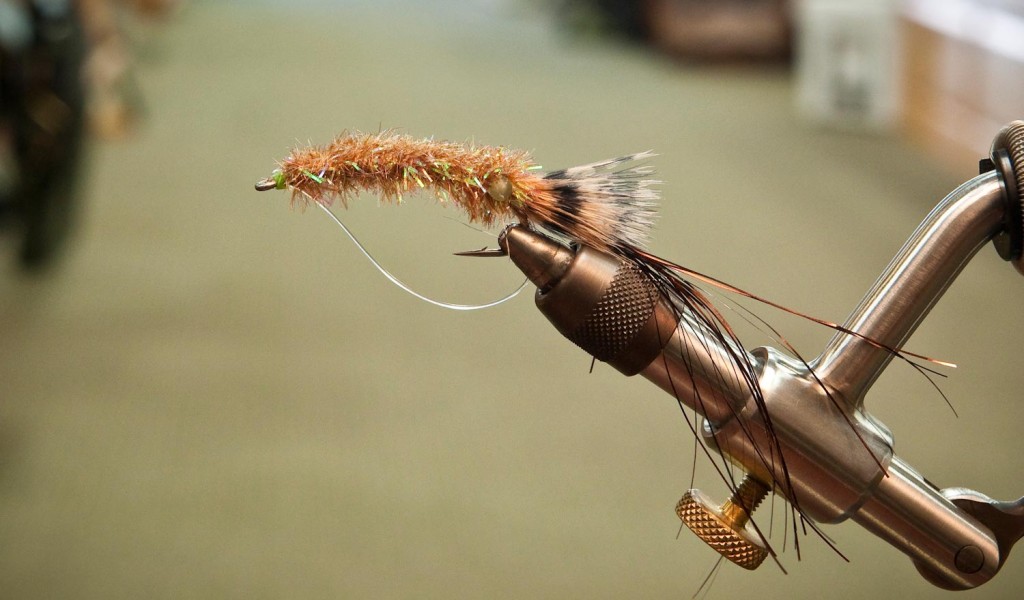
MY BUDDY PAUL PUCKETT IS BEST KNOWN FOR HIS BEAUTIFUL PAINTINGS OF FISH AND HIS FUNNY RENDERINGS OF CELEBRITY’S HOLDING FISH.
What you may not know about Paul is that he’s a redfish junky. So much so that he recently moved to Charleston SOuth Carolina to be closer to the fish he loves.
I visited The Fish Hawk the other day and Paul took the time to share one of his favorite redfish flies. If you’re headed to redfish country tie a few of these babies up. You won’t be sorry.
CHECK OUT THE VIDEO!
Read More »The 5 Essentials Of A Good Fly Cast Revisited

Let’s take a minute to look at the 5 essentials of a good fly cast.
I was giving a talk about saltwater fly fishing the other day when i mentioned the 5 essentials. I was shocked to find that no one in the crowd knew what the 5 essentials are, or that they even existed. I’ve never written on the topic because I thought it was common knowledge. Apparently I was wrong.
I did some research and was even more surprised to find that there is a good bit of variation in what has been written on the topic and there is some of it I don’t agree with. That said, understand that what I’m about to set out for you are the 5 essentials as I learned them and as I believe they are best explained. They are roughly equivalent to the 10 commandments for the IFFF and there will no doubt be some who consider any variation sacrilege. I encourage you to read the original and take both as good advice. https://thelimpcobra.com/2012/11/27/fly-casting-instruction-2/
The 5 Essentials are the work of Bill and Jay Gammel. Their article on the subject was written in 1990 and while it’s important work, you should bear in mind that it pertains to single hand, overhead fly casting. Many of the ideas apply to other casting styles, but not all. I have discussed this version with some of the most knowledgeable IFFF casting instructors I know and am very confident in it.
The 5 Essentials of a good fly cast
The first thing I learned about the 5 Essentials was that there are 6 of them, so you can see that I’m off to a good start.
THERE SHOULD BE A SMOOTH, ACCELERATING APPLICATION OF POWER.
Lefty Kreh described this motion as feeling like throwing wet pain with a brush. If you start too quickly, the paint will fly back on you, so you start slow and speed up as you go. The casting stroke should do the same, start gently and accelerate smoothly, stopping at its fastest point. This leads us to essential number 2.
2. THERE MUST BE AN ABRUPT STOP
Here is where I first deviate from much of what is written on the topic.
Read More »You buy your portfolio every morning

In the old days I ran a hedge fund.
That’s right. Half a billion dollars doing whatever I told it. Big trades, big profits (and losses) and big pressure. I learned a lot from a decade in that role that has helped me on the stream. (I know, it sounds like a stretch… but it’s true!) One of the prevalent sayings in Investment Management is “You buy your portfolio every morning.” What it means is, the decision to do nothing, to keep the investments you made yesterday, is still an active decision. It’s CHOOSING to go into the battle of that day with your current positions, rather than something else.
The truth in this idea hit me harder than ever on Sunday on a carp flat. I waded out of thigh-deep sand bottomed water to find maybe 150 carp cruising and feeding. They were working 12 to 18 inches of water over super soft mud-bottomed lake and eating like mad. I was so jacked up you could see the end of my 8wt vibrating in my trembling hands.
The fly I had on was too heavy for that shallow water. It was designed to get down with accuracy to fish at three feet deep. Remember… I was coming out of thigh-deep water. But I was stoked and the fish were there and they’re just stupid carp and I can be gentle and what if the wind picks up while I’m changing flies and maybe it would start to rain and what if they saw me and spooked before I got a cast… You get the picture. So I went into battle with the fly I had on because not changing didn’t feel like choosing that fly. It felt like
Read More »Use Birds to Quickly Locate Bait and Schools of Fish
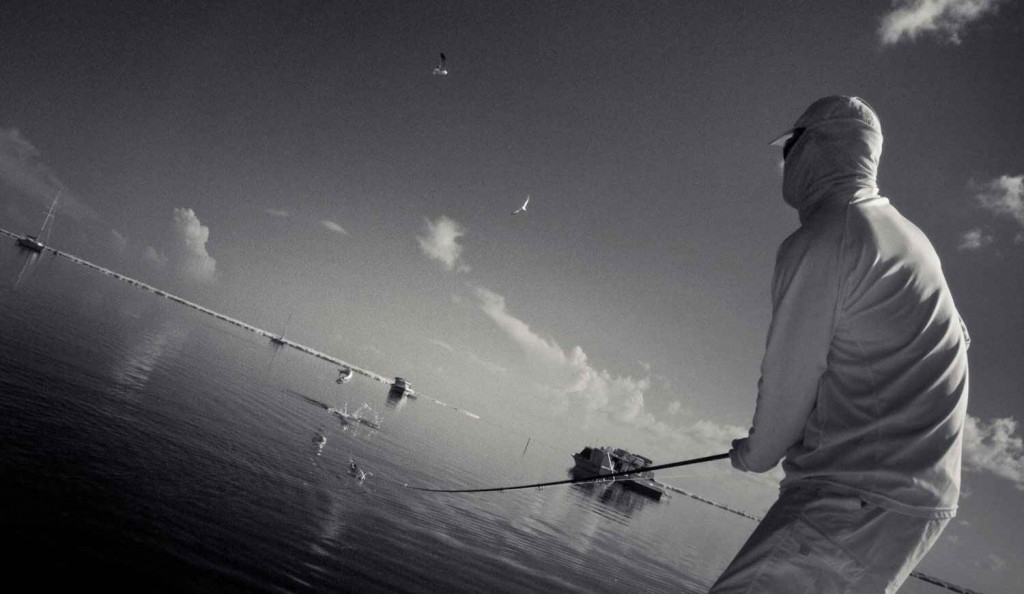
Certain times of the year in both freshwater and saltwater, anglers can use flocks of actively feeding birds to locate large concentrations of bait and fish.
This was the case during my recent fly fishing trip with Capt. Joel Dickey. First thing, early in the morning, we’d run a wide sweeping perimeter with the boat, as we searched for seagulls on the feed. Binoculars weren’t a necessity but they allowed us to be more efficient by eliminating large areas of water that would otherwise be too far off for the naked eye. Being patient, continuing to cover water, and keeping confidence were the key factors in us successfully locating feeding birds. Be prepared for it to take a little while some days. For us, each morning it took a little while to find the birds, but eventually things fell into place with each scouting attempt. As the sun begins to rise over the horizon, it creates a perfect contrast of light that turns seagulls a bright neon white. You’d be surprised how far off you can pick out feeding birds this time of day. Any birds you find on the water means there’s probably bait and fish near by, but when you find diving birds in good numbers, you know there’s a feeding frenzy in progress.
I’ve used birds many times in the past to locate schools of striped bass on my local reservoirs, but this saltwater trip was my first time using seagulls to locate tarpon. The seagulls and tarpon were feeding on a shrimp die off, that happens during the hottest times of the year in the evenings and at night. During these periods photosynthesis is not taking place, and with the lack of wind, oxygen levels in the water dropped below average. I have to say it was an adrenaline pumping way to fish for tarpon. We’d cruise in on plane and cut the engines at a safe distance, allowing us to coast in quietly to avoid alerting the feeding tarpon. Immediately following, Joel would jump on his platform and quickly pole us into the schools of rolling tarpon.
The key to getting bites was finding a rolling tarpon within casting range, and then firing a presentation quickly 3-5 feet in front of the tarpon. The hardest part for me
Read More »5 Tips for Beating Out the Winter Cold on the Water
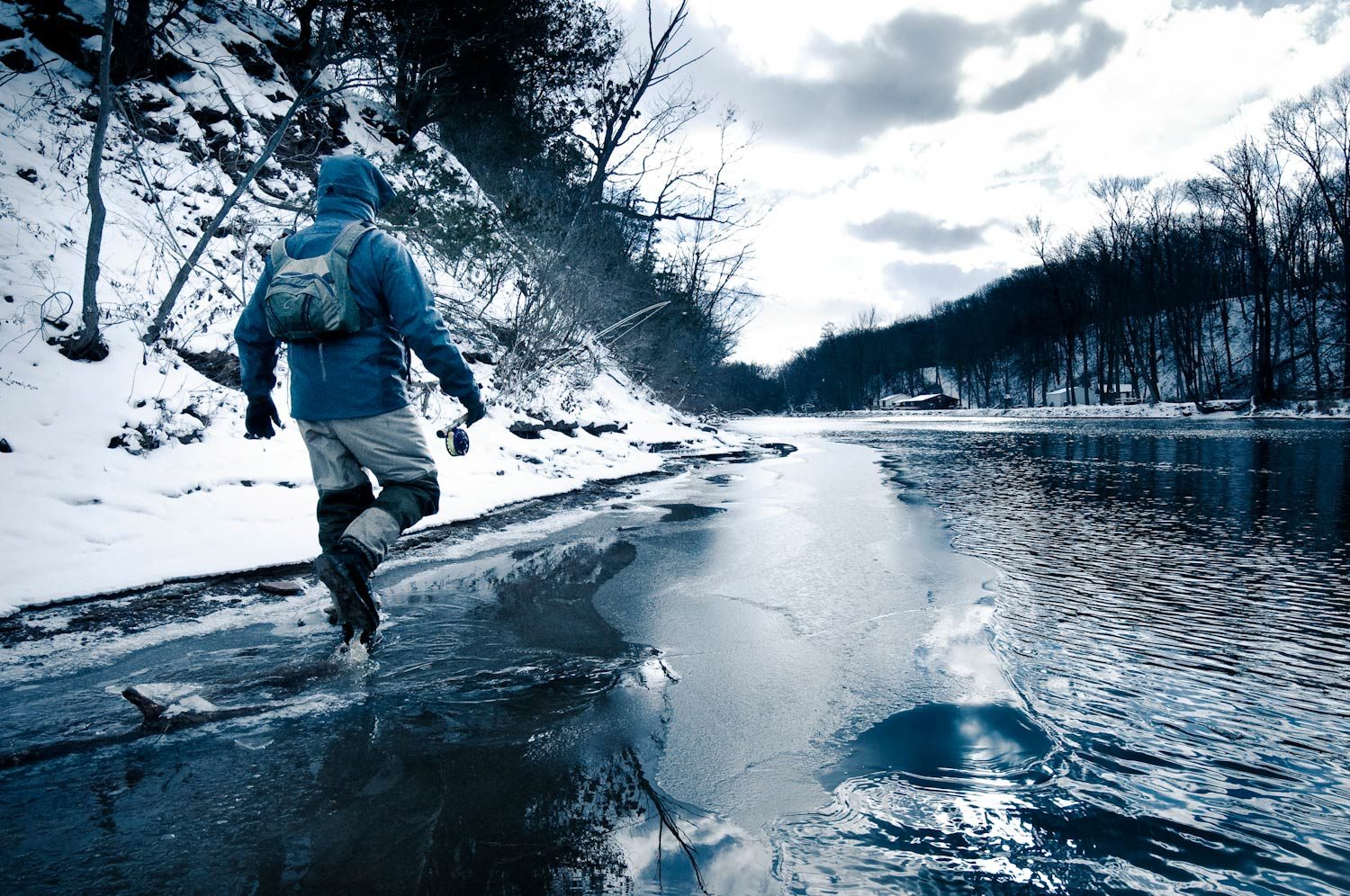
I’ll be the first to tell you that I’m past the days of heading out into Arctic conditions to fly fish unless I’m outfitted properly. Call me a wuss or nancy, that’s fine with me, I don’t care how big the fish are, you can catch them. I’ve been miserable too many times over the years and I refuse to put myself in that position anymore. If I’m unable to enjoy myself wetting a line, there’s absolutely no reason for me to be out there. Furthermore I’ve had some really close calls with frostbite in the past, and frostbite is scary stuff folks.
Read More »Fly Fishing: The Popper-Dropper Rig
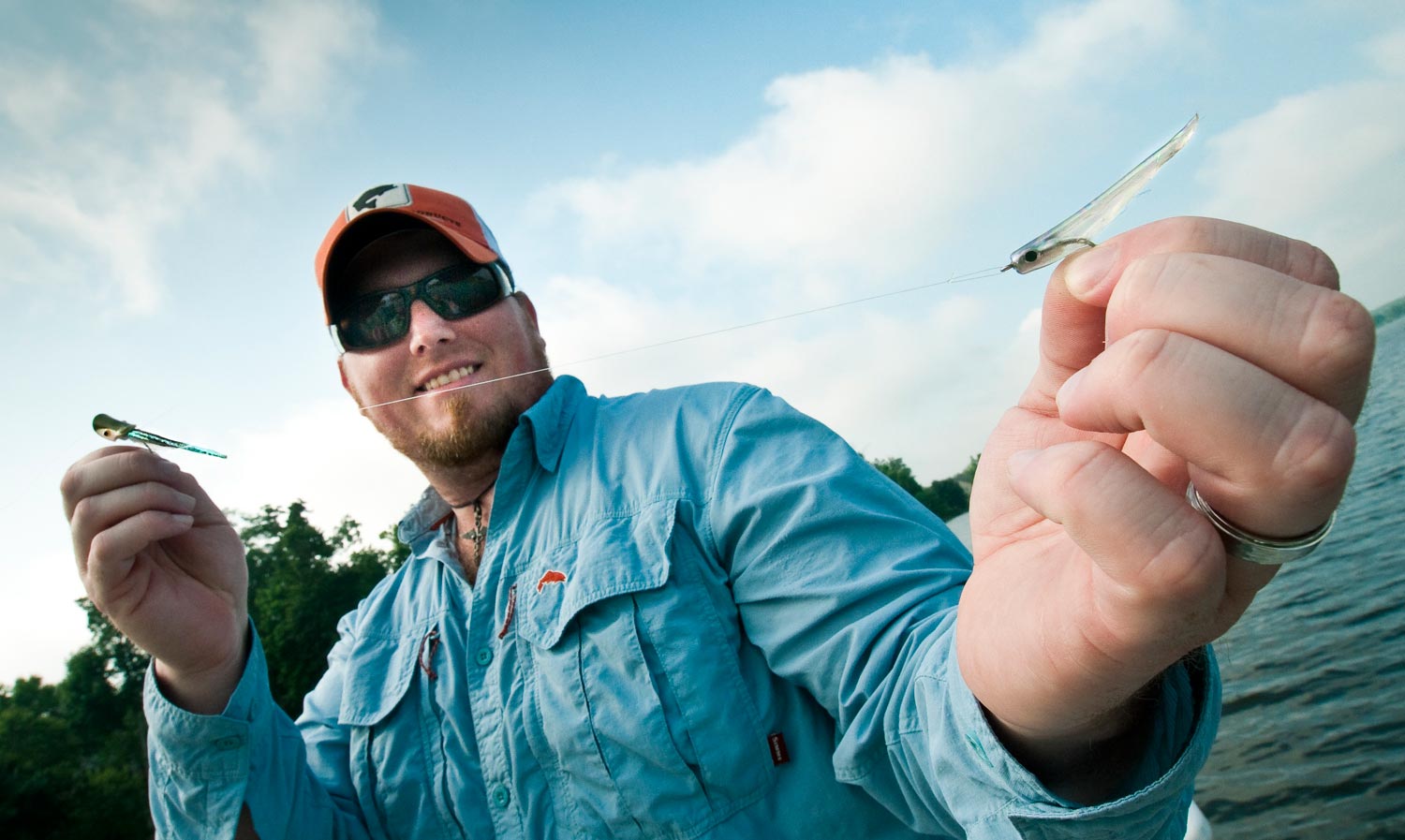
Like a lot of kids, I spent most of my adolescent summers chasing bass and bream on the local creeks and ponds in my area.
Most days, a single rubber-legged popper tied to the end of my leader, was all that I needed to catch fat bream and the occasional lunker bass. On days when the bite slowed, I’d put down my fly rod and head to the neighborhood pool with my best friend Ryan Evans. It didn’t take long for us to get labeled the Huckleberry Finn boys of the neighborhood. We got plenty of strange looks walking through those pool gates, fishing rods in hand, and both wearing cargo shorts with boxers hanging out the tops. Those dirty looks were well worth it, and we learned to shrug them off, because that pool was the perfect place for us to cool down in between our fishing adventures, and it also happened to be one of the best places for us to keep track of the older females. We learned reflective polarized sunglasses weren’t just good for fishing, they also were great for inconspicuously eyeing the older females, walking by in those skimpy bikinis. It was a time in my life when I was relatively stress free, and I had not yet taken on very many responsibilities. Those were the days.
It wasn’t until I started dabbling in trout fishing that I found a way to improve my warm water popper fishing.
Read More »Fly Fishing: Is There a Time When Anglers Should Admit Defeat and Move On?
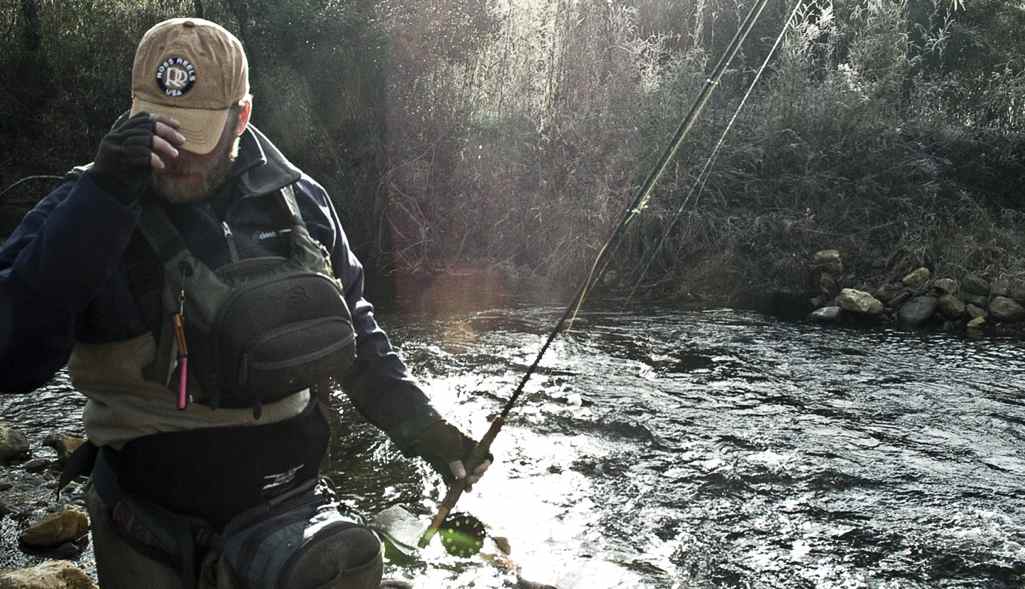
IS THERE EVER A TIME WHEN AN ANGLER SHOULD ADMIT DEFEAT FROM A TROUT, PAY HIS/HER RESPECTS AND MOVE ON?
We’ve all been there before, sight-fishing to a trophy trout, only to have it ignore our flies time and time again. An hour or more can go by without the slightest sign of interest by the fish, while it remains in the same basic holding spot all the while unafraid, almost as though it’s staring you down and challenging you to catch it. You press on with unwavering persistence until your patience runs dry. You’d argue that the trout isn’t hungry, and that’s why it hasn’t eaten any of the fly patterns, but every time you start to believe it as a viable excuse, you see the flash of white, from the trout opening its mouth and sucking in a bug. You’ve changed flies more than a dozen times now, you’ve made well over a hundred casts, and you’re ready to throw in the towel. Yet every time you reel in your line and begin to walk away, the feeling of defeat shouts “halt, go back! Just make a few more casts. You can do this.” Sometimes you end up winning the battle, other times the take never comes. The times when your line does come tight and you do hook and catch the trout, do you ever wonder if the fish really ate your fly or if you just accidentally flossed it?
I have a good friend from Colorado that told me he once scuba dived in a river and watched his buddy drift nymphs through runs that were loaded with trout. He said he was astonished to see how many times the tippet of the leader drifting in the current went into the mouths of trout, resulting in the fly of the hook snagging the trout. If you’ve ever fly fished for fresh sockeye salmon, you know that the majority of the time that’s exactly how you catch them. Only on rare occasions do they eat your fly, and even then one could argue it’s only out of aggression from the pending spawn. When my friend told me his underwater account, it made me wonder how many fish I thought I’d gotten to eat my fly in the past, but were actually fish that I really just flossed with my leader and snagged. Were those catches legitimate? Not unless you believe calculated or accidental flossing is legit. Maybe if you’re starving to death I could go along with that, but most of us don’t live off the land.
Read More »Making the Switch to Two-Handed Casting

THE UNION IS DIVIDED, BROTHER AGAINST BROTHER.
Not since the rivalry of cats vs. dogs has there been a break like the one between two-handed and single-handed casters. Much of it stems from some practical issues of sharing the water but there’s more to the story. I found out exactly how much more when I first picked up the Spey rod. It’s highly uncommon to find Spey casters here in the southeast, and when I started some of my buddies reacted with outright hostility. Others, however, were curious and eventually most of them came around to asking me for a casting lesson.
Many of the guys I know who have fooled around with two-handed casting came to it through switch rods, because the idea that they could fall back on their single-hand casting gave them confidence. There’s nothing wrong with that in theory, but in practice it’s usually a disaster. The world of Spey is complex, and without a mentor it’s nearly impossible to master.
Too many anglers will set their switch rod up just like they do a single hander and fish it as a long nymph rod. Once in a while when nobody is watching they will try to pull off a Spey cast, yank the fly out of their neck and move on to a new piece of water.
Switch rods are simply short, lightweight Spey rods. Their tapers are Spey tapers and they are made for two-handed casting. They work in the world of single-hand casting but it’s not what they are designed for. They are more challenging for two-hand casting than longer Spey rods and choosing the right line for them is fiendishly complicated. Add to that the sheer complexity of the Spey cast and you have a goat rodeo for the uninitiated.
It may sound like I’m trying to talk you out of that switch rod, but I’m not. I love switch rods and I think everyone should fish them. I just want to help you learn in the best way possible. Like most fly anglers I know
Read More »